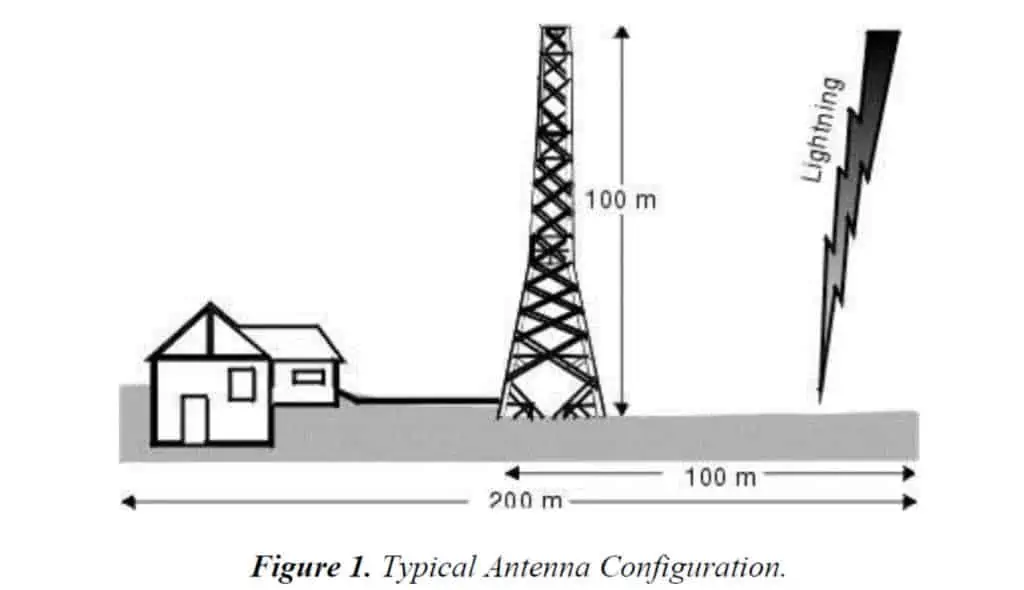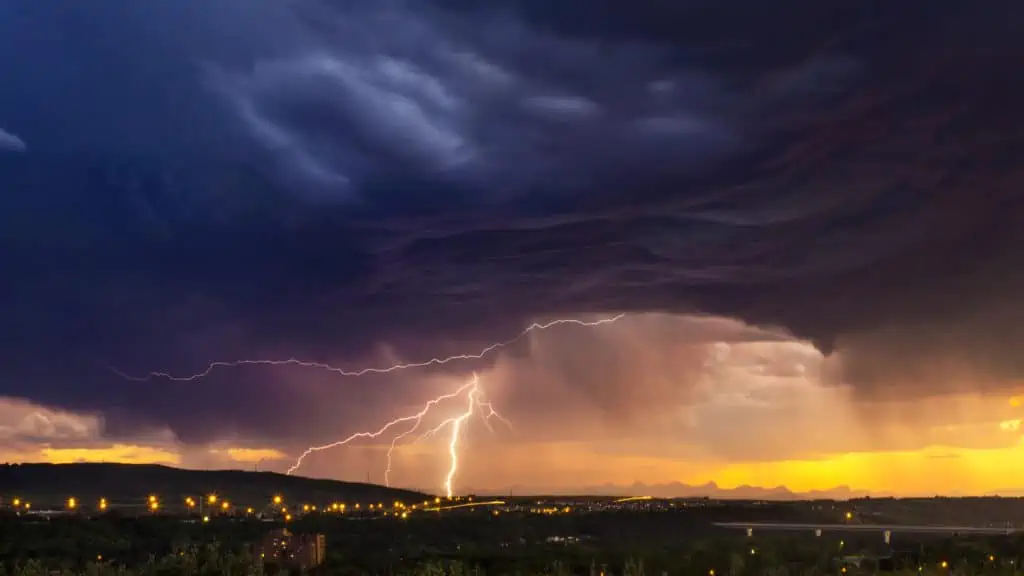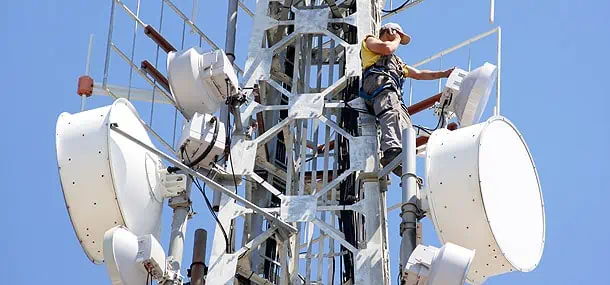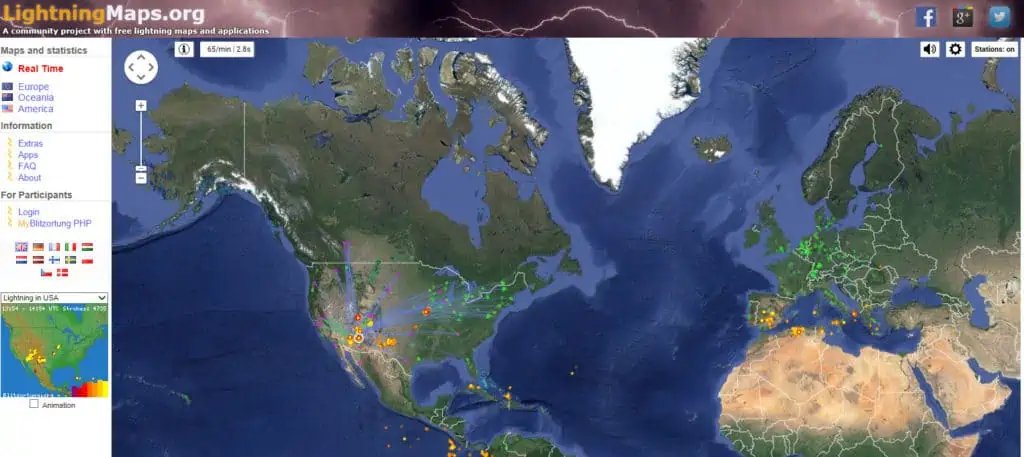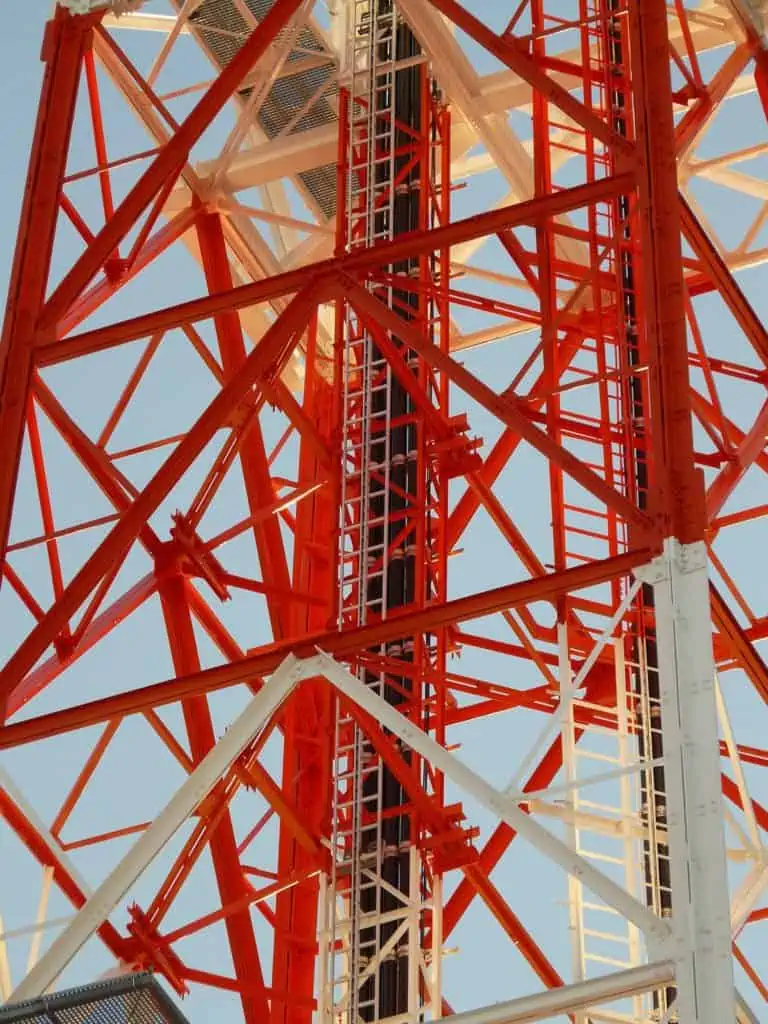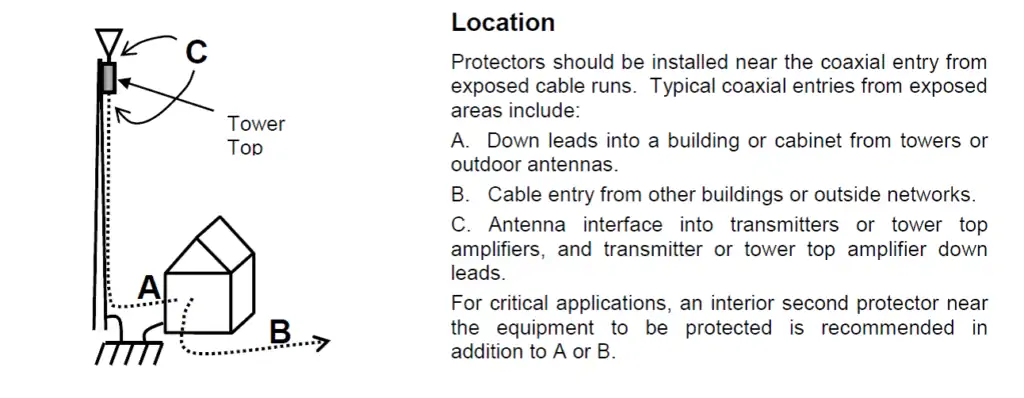Posts Tagged ‘Lightning’
Compact DC Block Arrestors For Radio Protection – Featured Product
We have added NexTek’s new coaxial arrestor product to the website and product selection tool, and you can now find information about all four variations! The PTI series provides effective protection in an extremely compact form factor, and includes a series capacitor to block DC energy and further reduce the amount of energy that gets…
Read MoreCompact Form Factors and Unique Packaging Allows Arrestors To Fit In Tight Spaces – Arrestor Design Spotlight
As one of NexTek’s primary product lines, our range of Coaxial Surge Protectors is designed to cover a wide range of potential application requirements with high-performance, military-grade designs that are built using top-notch quality control systems. One of the many factors that makes NexTek’s line of solutions unique is our use of compact form factor…
Read MoreHow Do I Estimate Lightning’s Effects on my Radio Antenna?
Have you ever wondered how to calculate lightning-induced antenna-coupling levels for a specific radio setup? How much energy could theoretically flow along my coaxial cable due to a nearby lightning strike? Today’s highlighted article is a useful tool for anyone looking to make a assessment of a specific radio antenna’s susceptibility level when a lightning…
Read MoreUltra Slow Motion Video of Lightning Strikes! – Featured Link
In order to kick off 2016 properly, we have decided to share something quite fascinating and cool for our first post of the year! Lightning bolts and the thunderstorms that create them are constantly and exhaustively researched all around the world. Although we have a good general understanding of how a Lightning Strike forms, it’s general characteristics,…
Read MoreProduct Spotlight: Ultra-Wideband Coaxial Arrestor – 5.2-18.0 GHz
NexTek’s portfolio of available Coaxial Surge Arrestors covers a wide range of potential applications, ranging from DC (0 hz) to 18GHz at a wide level of RF Power levels. However, there is one device that is uniquely suited and positioned to provide industry-leading protection for microwave, satellite, and other high frequency applications within the 5.2-18.0GHz…
Read MoreFeatured Link: “The Science Behind Lightning’s Electric Shows”
Today’s post features a short but interesting article on wired.com, which explains the fundamentals behind how lightning is formed and works! Also included in this post are some interesting lightning-related photos which include some unique shots of various lightning bolts and their effects! For example, did you know that the earth itself operates as a massive…
Read MoreFeatured Link: Real-Time Lightning Map
Did you know that Lightning Strikes can be tracked and mapped? Lightning strikes emit significant RF energy in the kHz range, and this radio energy can be tracked and received at extremely long ranges. Each lightning bolt itself acts as a large antenna, emitting a pulse of radio energy. In fact, the first lightning detector…
Read MoreNew Page: Coaxial Surge Protector Home Page
NexTek, LLC. is proud to announce the release of our brand-new Coax Surge Arrestor Home Page, found HERE. The new landing page includes the following information and links: BASIC PRODUCT INFO: The new landing page contains a multitude of basic information about NexTek’s line of coaxial lightning and surge suppressors, including: Connector Types Offered Threat…
Read MoreProduct Spotlight: Lightning Arrestor for High RF Power Broadcast Applications
NexTek’s portfolio of available Coaxial Surge Arrestors contains one design that is uniquely suited for High RF Power radio applications. With Protection Voltage Ratings of up to 3500V and RF Power Ratings of up to 30kW+, the PTR7AF7AFxxK1 is uniquely suited to provide Lightning Protection for High RF Power installations. The availability of 1400, 2500,…
Read MoreContent Spotlight – Get Grounded: Protecting Electrical Devices From Lightning Transients
For any outdoor radio installation where there is a coaxial cable or an antenna installed outdoors, lightning protection is critical to ensuring continued operation and a minimum of service interuptions. In addition to installing arrestors where appropriate, it is critical to ensure that all grounding and bonding be well-designed and properly installed. In fact, unless…
Read More


